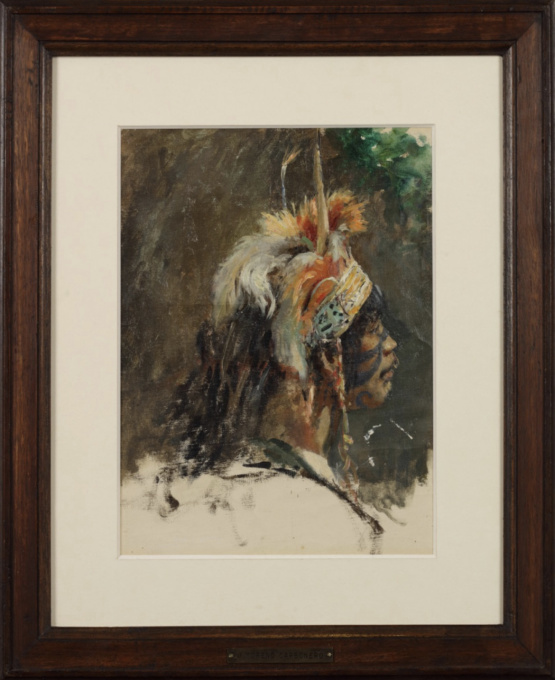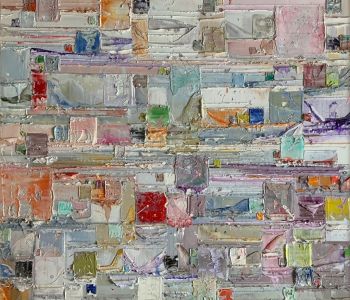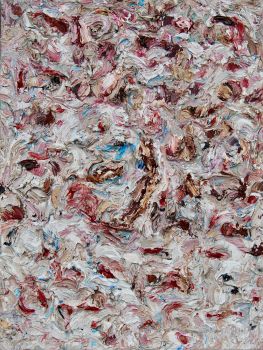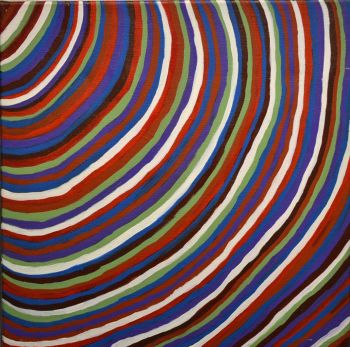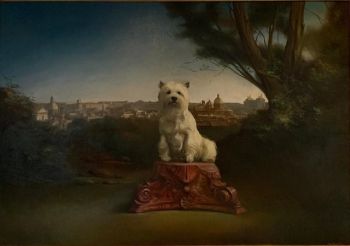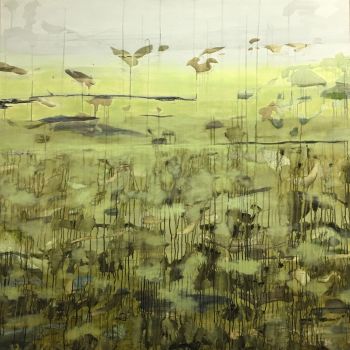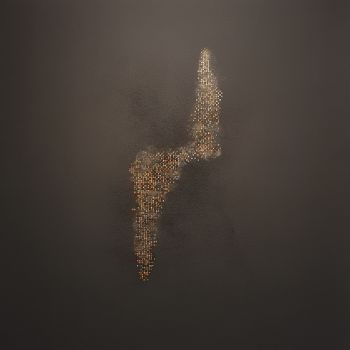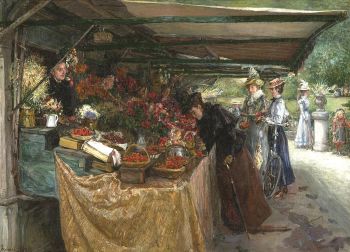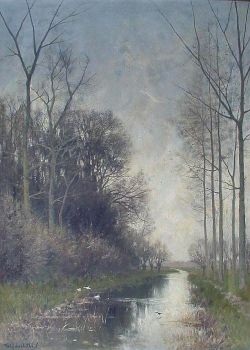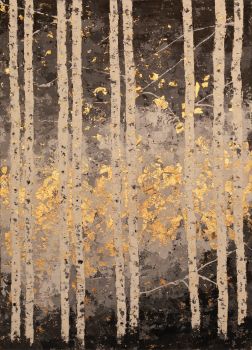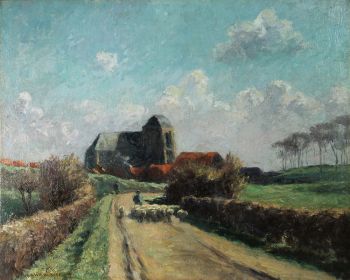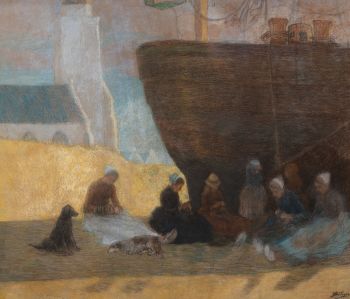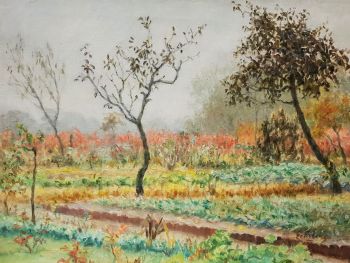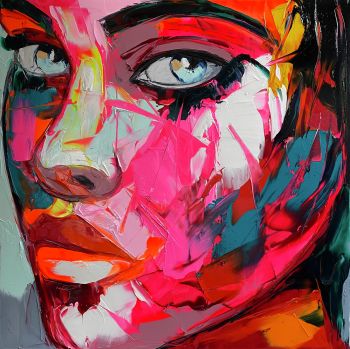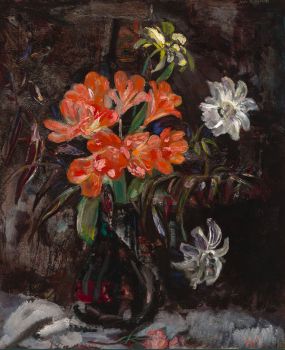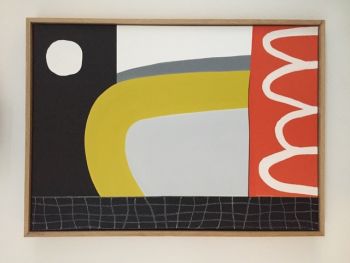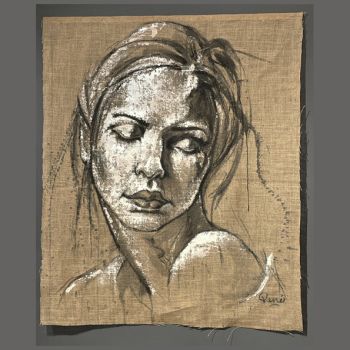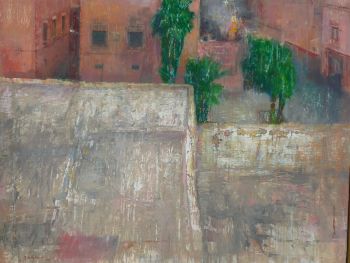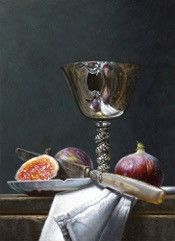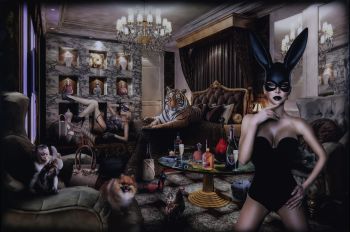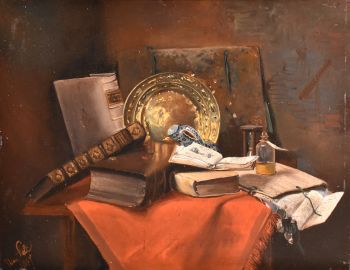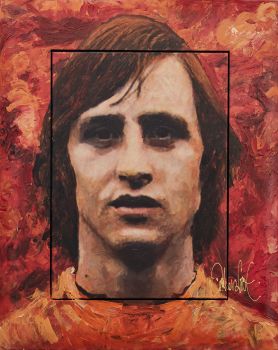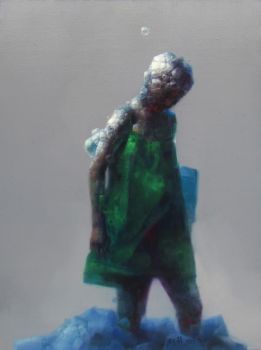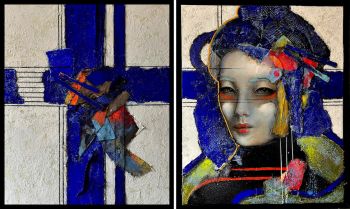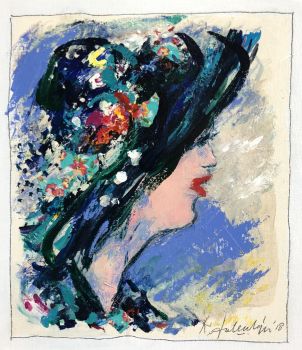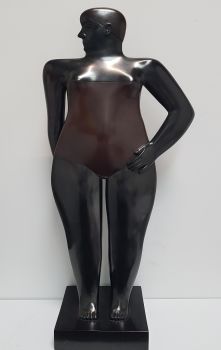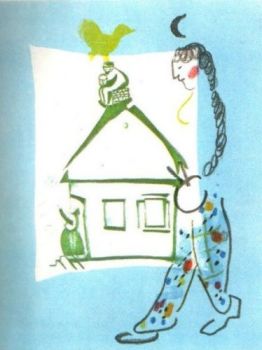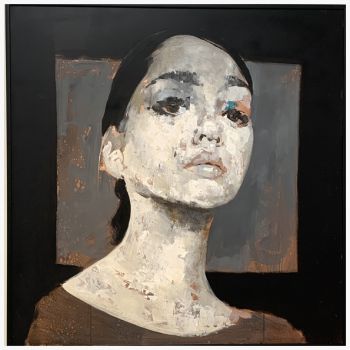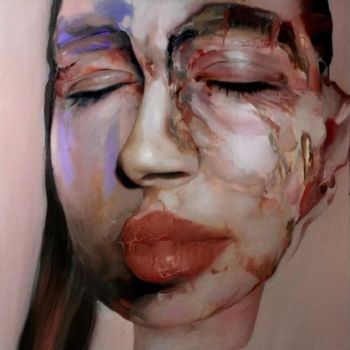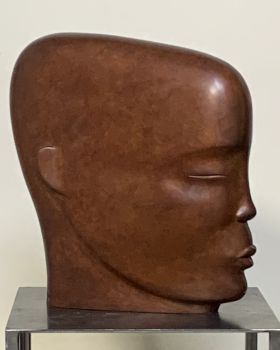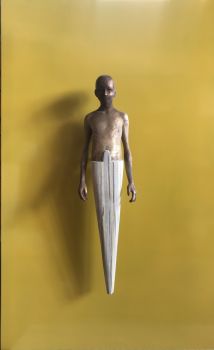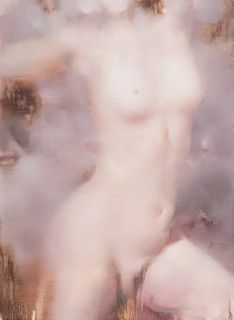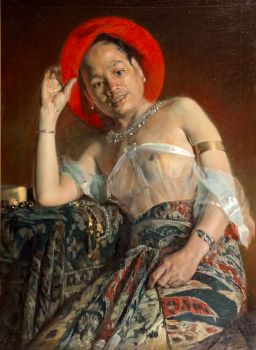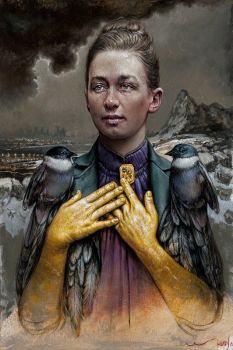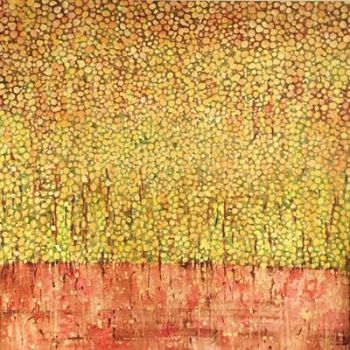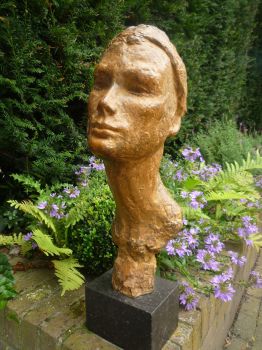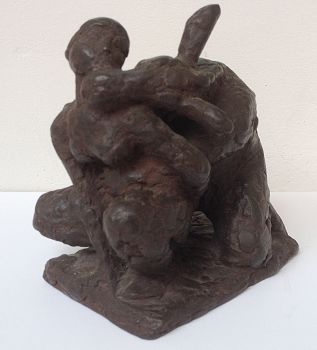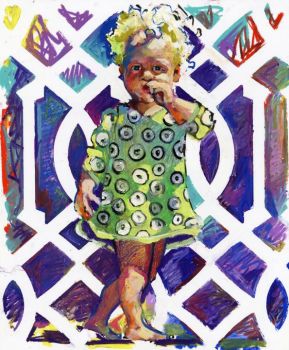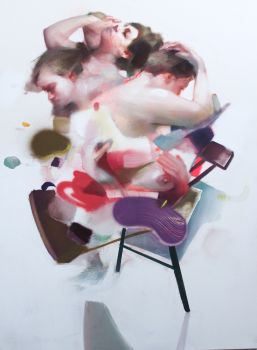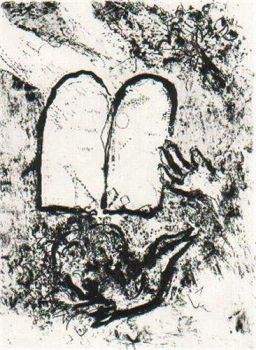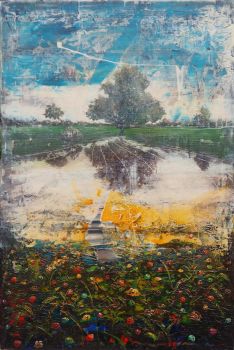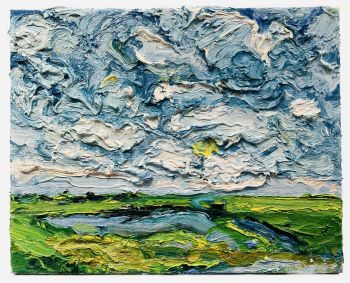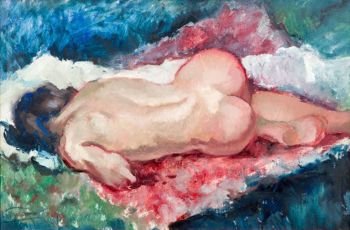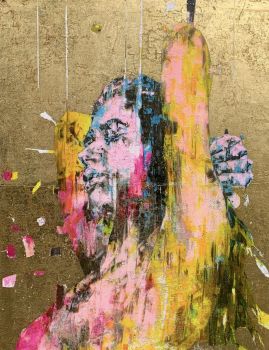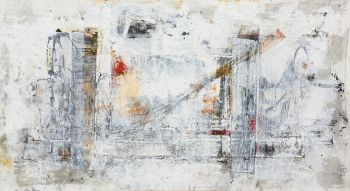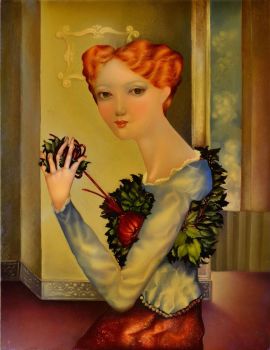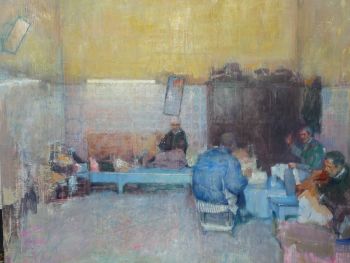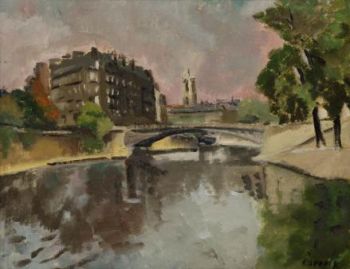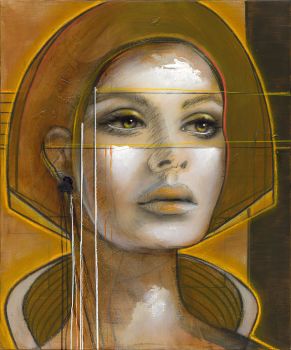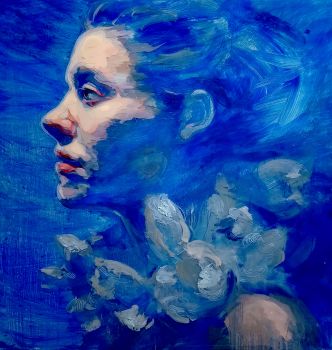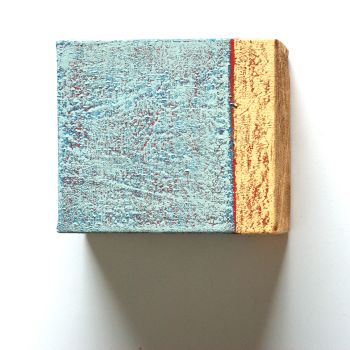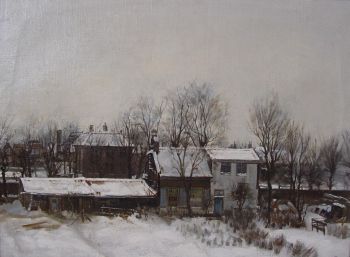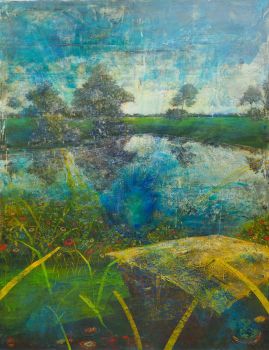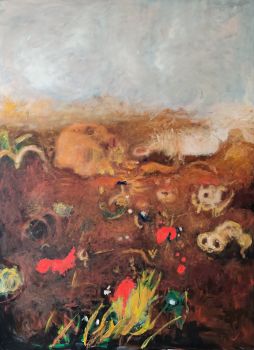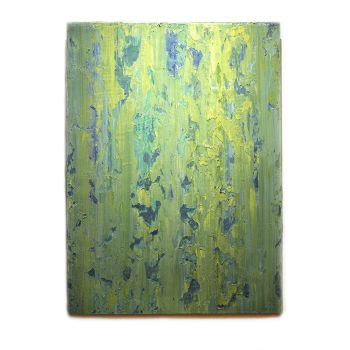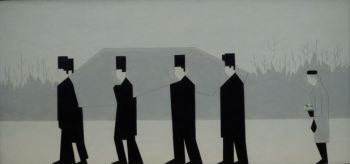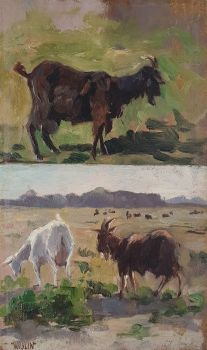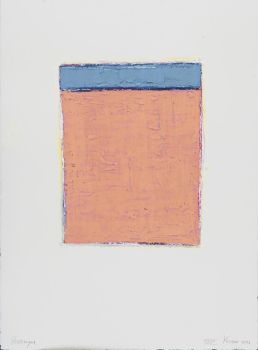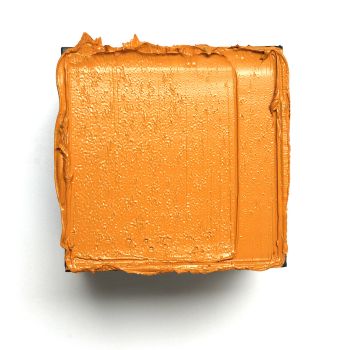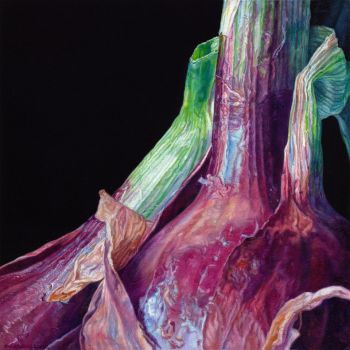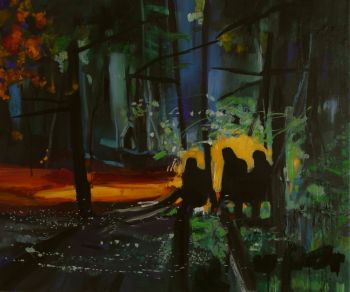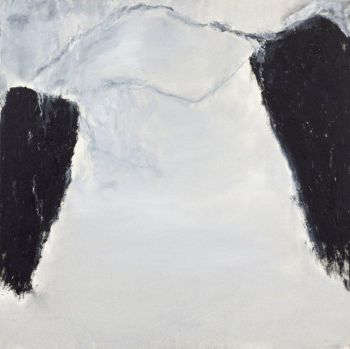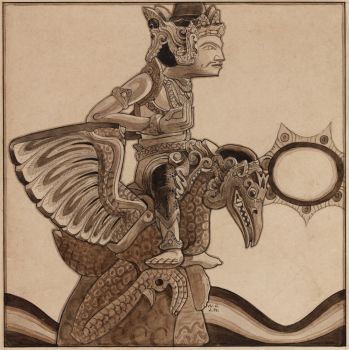Study of a Guarani man, Argentina, circa 1922 1922
José Moreno Carbonero
SegeltuchÖlfarbeFarbe
32 ⨯ 26 cm
Preis auf Anfrage
Zebregs & Röell - Fine Art - Antiques
- Über KunstwerkJosé Moreno Carbonero (1858-1942)
Oil on canvas, H. 32.2 x W. 26 cm
Moreno Carbonero was born, brought up and studied in Malaga, Spain. In 1875, after a two-year stay in Morocco, he moved to Paris on a grant from the Malaga Provincial Council. He joined the studio of Jean-Léon Gérôme. A regular visitor, the famous art dealer Adolphe Goupil commissioned his first works, mainly small genre subject paintings. Between 1881 and 1884, Moreno Carbonero lived in Rome before moving to Madrid. There, he achieved his first success with his painting The Conversion of the Duke of Gandia, which is now in the Prado Museum. From then on, the artist specialized in history paintings, often on a large scale; the best example is The Entry of Roger de Flor into Constantinople, painted for the Madrid Senate in 1888, which hasn’t moved ever since. Besides being a historical painter, the artist was also a portraitist, painting elegant portraits of Madrid's high society (see, for instance, Purificacion Fontan, Marquise del Pazo de la Merced, 1908, Prado Museum, Madrid).
At the beginning of the 20th century, the Argentine government was preparing to celebrate the May Revolution, which started on May 18, 1810, and led to the independence of Argentina. The municipality of Buenos Aires, joining in the celebration, commissioned a historical painting dedicated to the founding of the capital from José Moreno Carbonero. Under time pressure, Moreno Carbonero produced a work with which he was dissatisfied and criticized when he arrived in Argentina in 1910. For this reason, in 1922, he asked for the work to be returned to him to correct it. He studied the city's history, the site and the event depicted in situ and made substantial changes to make the painting more historically accurate. The definitive work, wholly reworked, was placed in the municipal palace in 1924. It can still be admired in its original place.
The city of Buenos Aires was founded on June 11, 1580, by Juan de Garay under the name of the 'Santissima Trinidad y Puerto de Sant Maria del Buen Ayre'. In Moreno Carbonero's painting, Juan de Garay, in the centre of the composition, raises his sword before the foundation pillar. On the right, the notary Pedro de Xeres signs the foundation act; on the left, the friar Juan de Rivadeneira raises the cross, and the alderman Don Pedro de Quirós carries the royal standard. All around, men in arms can be seen, as well as representatives of the native people from the area, including a man from the Guarani ethnic group. The present painting is a preparatory sketch of the head of this figure. - Über Künstler
José Moreno Carbonero wurde am 24. März 1858 in Málaga geboren und absolvierte zunächst eine künstlerische Ausbildung an der Hochschule für Schöne Künste der Stadt, wo er Schüler von Bernardo Ferrándiz war und schon in jungen Jahren ein herausragendes Talent für die Malerei zeigte. Nachdem er mit einem Stipendium der Málaga Diputación (Provinzrat) nach Sevilla und Paris gereist war, schuf er dort im Alter von nur einundzwanzig Jahren sein erstes großes Historiengemälde, El principe de Viana („Der Prinz von Viana“, 1881). , was ihn als einen der großen Meister des Genres auszeichnete, was nur wenige Jahre später durch so bedeutende Werke wie La conversión del duque de Gandía („Die Bekehrung des Herzogs von Gandía“, 1884) und die großartige Entrada de Roger de Flor en Constantinopla („Einzug von Roger de Flor in Konstantinopel“, 1884), das vom Senat in Auftrag gegeben wurde und unbestritten eines der bedeutendsten spanischen Historiengemälde des 19. Jahrhunderts ist.
1898 wurde Moreno Mitglied der San Fernando Academy in Madrid und ließ sich dauerhaft in der Stadt nieder. Danach lebte er bequem in seiner Villa in der Calle Miguel Ángel und wurde als einer der renommiertesten Porträtisten der High Society gefeiert, auch wenn diese Werke die am wenigsten ansprechenden Beispiele seines Oeuvres sind. Er unterrichtete Dalí und Picasso an der Schule der Schönen Künste und erhielt zu seinen Lebzeiten die höchsten Auszeichnungen und Ehrungen, wie unter anderem die Kreuze von Alfons XII. und Isabella der Katholikin. Er wurde außerdem zum Großoffizier der Krone von Italien und des Heiligen Michael von Bayern sowie zum Kommandeur der Polar Star of Sweden ernannt.
Als außerordentlich produktiver Maler schuf er neben Historiengemälden und Porträts auch Genre- und orientalistische Szenen, Gemälde menschlicher Darstellungen und Stadtansichten mit monumentalen Gebäuden. Besonders hervorzuheben sind seine zahlreichen Gemälde, die Episoden aus literarischen Werken illustrieren, insbesondere Gil Blas und auch Don Quijote, für die er in den letzten Jahrzehnten seines Lebens eine echte Leidenschaft entwickelte. Er starb am 15. April 1942 in Madrid.
Sind Sie daran interessiert, dieses Kunstwerk zu kaufen?
Related artworks
Fredericus Jacobus van Rossum du Chattel
Poldervaart in the Vecht river region1899 - 1901
Preis auf AnfrageKunsthandel Pygmalion
1 - 4 / 24Arie Teeuwisse
Titania and Nick Bottom (the weaver)20th century
Preis auf AnfrageKunsthandel Pygmalion
1 - 4 / 24- 1 - 4 / 24
Unbekannter Künstler
A large wall map of Asia by Nicolas de Fer 1647 - 1720
Preis auf AnfrageZebregs & Röell - Fine Art - Antiques
Unbekannter Künstler
EIN UNGEWÖHNLICHES INDONESISCHES SILBERGERICHTlate 17th
Preis auf AnfrageZebregs & Röell - Fine Art - Antiques
Unbekannter Künstler
Holländer in Miniatur18th century
Preis auf AnfrageZebregs & Röell - Fine Art - Antiques
1 - 4 / 12

